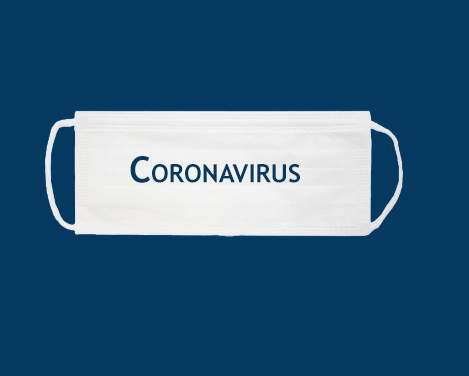Flexible Furlough Arrangements – Guidelines for Employers
29th June 2020
by Louise Farrell
From 1 July 2020, employers can agree flexible furloughing arrangements with employees, so that employees work some of their normal hours and are furloughed for the remainder. Prior to 1 July 2020, furloughed employees could do no work for their employer. The main points are:
- A flexible furlough arrangement can be for any number of hours or any work pattern.
- You can ONLY claim under the Coronavirus Job Retention Scheme for the hours that the employee is furloughed and does not work. You must pay employees in full for the hours that they do work.
- You may choose to top-up wages for furloughed hours as previously, but you will ONLY be able to claim a proportion of wages for those hours.
- You do not have to use flexible furlough arrangements and can choose to keep some or all employees on full furlough.
- Flexible furlough arrangements can last for any period. The minimum 21-day furlough period does not apply to claim periods beginning on or after 1 July 2020. However, the minimum claim period is seven days.
- With some exceptions for employees returning from family leave or military reservists returning from active service, only those employees who were already furloughed for a minimum period of 21 consecutive days during the period 1 March 2020 to 30 June 2020, can be furloughed from 1 July 2020. This means that in most cases, the latest that an employee could be furloughed for the first time was 10 June 2020. Claims can be made only in relation to those employees for whom the employer has previously successfully claimed under the scheme.
- Where an employee is to be flexibly furloughed, you will need to agree this with them (individually or via a collective agreement). As with any furlough agreement under the scheme, according to government guidance the agreement must be confirmed to the employee in writing and be “consistent with employment, equality and discrimination laws”.
- A written record of the agreement must be kept for five years. The HM Treasury Direction of 20 May 2020, which applies to the scheme up to 30 June 2020, requires that the agreement is incorporated into the employee’s contract. Whether this will apply post 1st July is not yet known, but assuming it is, it is wise to ensure that you have evidence of an employee’s agreement to the flexible furlough arrangement through a formal variation of contract agreement.
- You also need to keep a record of the number of furloughed employees’ usual hours, the number of hours that they work and the number of hours for which they are furloughed. The usual rules around employees not working for you (or a linked or associated employer) apply for the furloughed hours.
- As with the original furlough agreement, you may choose to top-up wages for employees who are working on a flexible furlough basis. This will be matter for negotiation.
Please do contact Louise for support or to chat about the new rules. You can also obtain a flexible furlough agreement. Get in touch! Louise@indigohr.com or call 07949 552403
Share this post:
Back to blog


